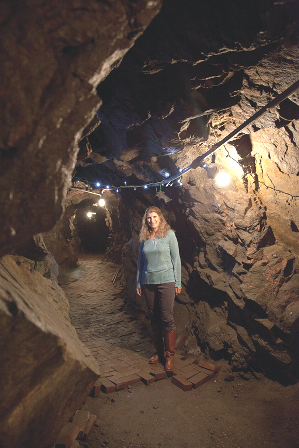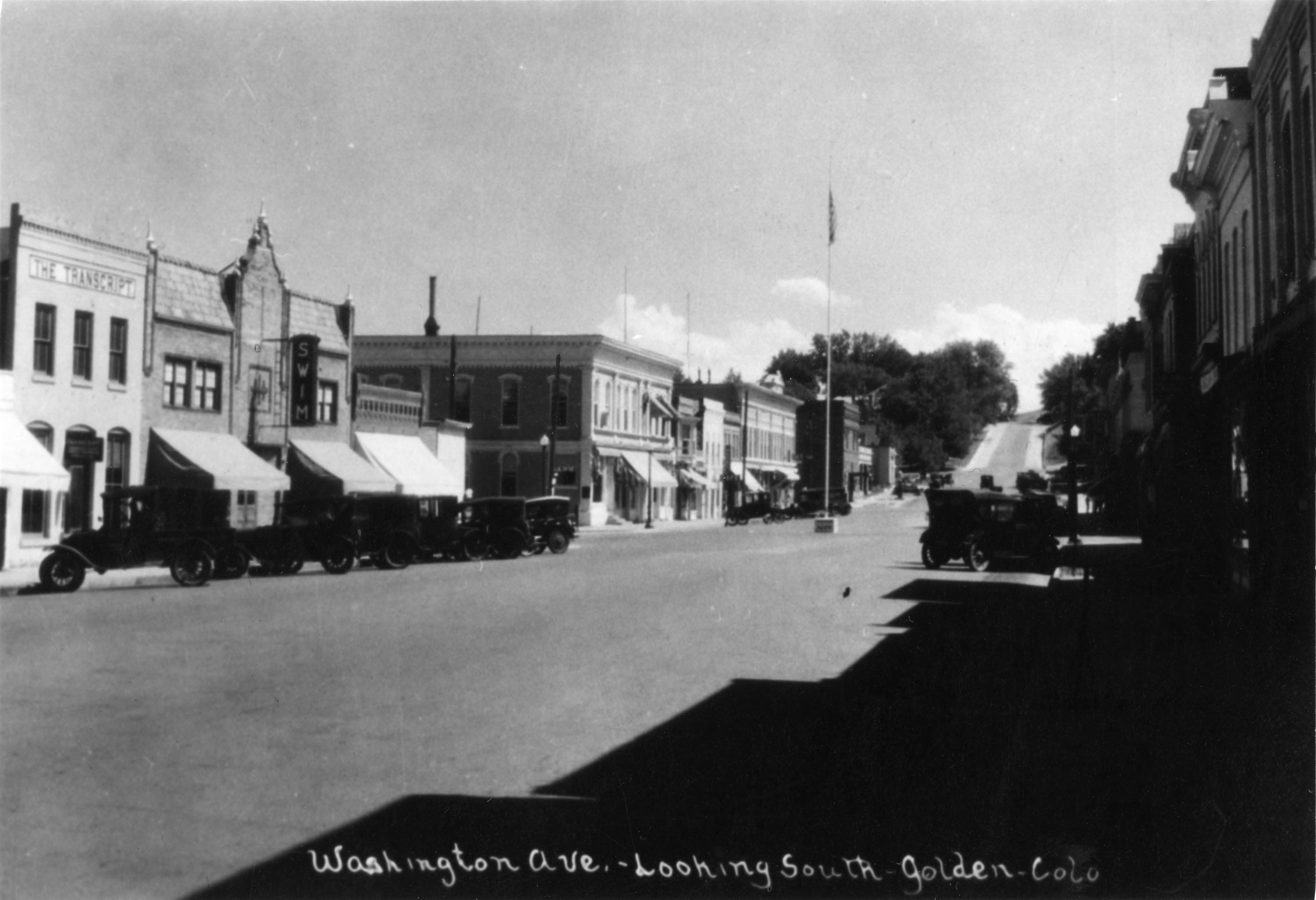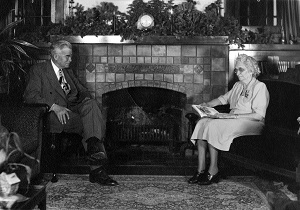The Evolution of a University: A brief look at the changes implemented 50 years ago that helped make Mines the institution it is today
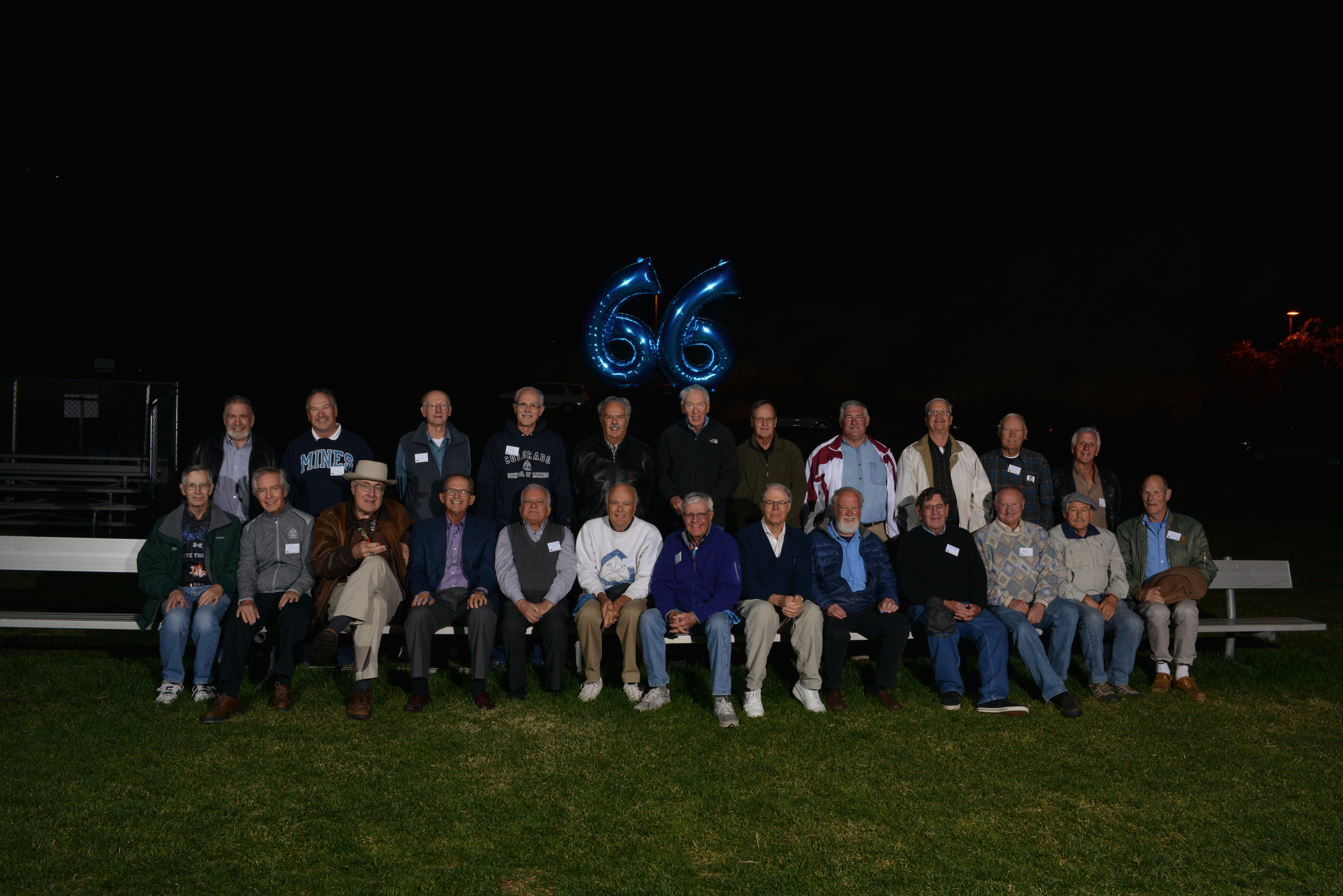
In the 1960s, the United States was in upheaval. President Kennedy had been assassinated, the Civil Rights Movement was underway and America was embroiled in the Vietnam War. Many higher education institutions were forced to adapt to America’s changing social and political scene and meet the evolving needs of its students. But it wasn’t easy. Although it hadn’t happened at Colorado School of Mines, colleges across the country were seeing declining enrollments in mineral engineering programs.
When Orlo Childs was in his third year as 11th president of the school, enrollment was at its highest to date with 1,544 students, attributed to new degree offerings and an increase in financial aid for students. Yet, Mines was at a crossroads. The school could continue offering professional degrees, which required about 170 credit hours, or it could more closely approximate the BS degree in mining engineering, requiring as few as 130 semester hours at other colleges. Less than a third of the companies that recruited on campus distinguished between the two degrees, according to a 1978 Mines Magazine article about credit changes. Since Mines graduates with the professional degree were offered the same positions and salary packages as their counterparts from other schools who had completed their degrees in far less time, faculty recommended the professional degree be made into a second degree in recognition of the extra work required.
Additionally, an evaluation of the college and its operations suggested Mines could build itself into one of the nation’s leading technological institutions. Changing the degree structure could help the school attract the kinds of students and faculty that would make that happen. In its ninth decade, the college had evolved from its original academic focus on gold and silver assaying to an expanded curriculum suited for modern students. In 1959 the school increased humanities and social sciences course requirements; in 1962 it offered new degrees in chemistry, mathematics and physics.
“For Mines, the 1950s and 1960s were watersheds of curricular development and predictors of new demands and goals to be recognized and molded into reality,” wrote Wilton Eckley in Rocky Mountains to the World a History of the Colorado School of Mines.
Early in his administration, Childs attempted to rename the college to include the word “university.” He thought having “school” in the name was misleading for an institution that granted doctoral degrees, but he dropped the plan due to vehement opposition. During Childs’ tenure, the school was in a formative stage, so it undertook myriad evaluations. Among them were Alumni Advisory Council reviews in 1962, 1965 and 1968; a 1967 report to the Colorado Commission on Higher Education (CCHE); an evaluation by the Engineers Council for Professional Development in 1967; and a task force report from a panel of CCHE experts in 1967–68.
“There are obvious conflicts in the various recommendations and actions that have been reviewed,” wrote Geology Professor John D. Haun in the “Future of Colorado School of Mines,” a December 1968 article in Mines Magazine. In describing evaluations concluded in the prior year, which had “come with bewildering frequency,” Haun addressed the difficulty in meeting CCHE’s desire for each state college to have a distinct focus. “There will obviously be some overlap with programs at C.U. and C.S.U., but it [is] not possible to expand and strengthen our various departments and at the same time completely avoid duplication,” Haun wrote.
In an effort to meet changing needs and to attract more students, the Board of Trustees voted on March 29, 1968, to approve the BS in engineering or science, the MS in chemistry, mathematics and physics, the MS in mineral economics and the PhD in engineering and science. In response to alumni concerns about dropping the professional degree in engineering, the board compromised by moving the last year of the professional degree to the master’s level.
Stu Bennett ’66, an undergraduate student during this period of change, recalls students’ concern about the shift in degree offerings. “The traditions of the school were very important to us. The professional degree was a five-year program that covered all aspects of engineering. As a result, Mines students were reputed to be competent in any area of engineering,” he says.
However, the departure from tradition was necessary for the school to remain competitive. “The change made the Mines degree more comparable to those of other engineering institutions, and it brought in quality faculty and research,” Bennett says. “Mines was forced into a culture change, and it has grown from an excellent technical school into a major research and education university that is quantum leaps different and better.”
Childs’ legacy of leadership during a transformational time for the school is perhaps best understood by looking back. In a memorial for Childs published in November 1997 by the Geological Society of America, Robert Weimer and Anton Pegis wrote about his seven years as president of Mines: “His recommended curriculum revisions and new degree programs were instrumental in stabilizing and increasing enrollment at the school.”
Don Van Arnam ’66, who graduated from Mines with a degree in metallurgical engineering, sees the modifications the college made in the late 1960s as part of a long transition that started before his arrival and continues today.
“Mines was originally funded by the legislature of the state of Colorado to provide engineers for the mining belt in the Colorado mountains. While we were at Mines, legislators realized more Mines graduates were going out of state than were staying in state so they reduced their level of support,” Van Arnam says. “Basically, Mines’ customer was changing from industry in the state of Colorado to industry, nationwide and worldwide.”
Van Arnam believes that Mines’ investment in world-renowned faculty and its close connections to industry have helped train graduates to be well-equipped for the workforce.
Today Mines is a highly selective, public research university offering bachelor’s, master’s and doctoral degrees in engineering and applied sciences. In 2015–16, through its three colleges and 14 academic departments, Mines’ enrollment totaled 5,924 students, including 4,608 undergraduates and 1,316 graduate students. More than half of the instructional faculty have doctorate or other terminal degrees. In 2015, the school’s research awards amounted to nearly $64 million and were split about equally between federal and non-federal sources. According to the college’s 2016–17 research magazine, Mines is “internationally recognized for its education and research programs focusing on stewardship of the Earth and its resources, developing advanced materials and applications, addressing the Earth’s energy challenges and fostering environmentally sound and sustainable solutions for the world’s greatest challenges.”
The strong enrollment figures, distinguished faculty and quality research are key indicators that the changes the university made decades ago have led to its current status as one of the leading technological institutions in the United States. Mines continually undergoes periods of change and rises to the challenges it faces, but the school always remains true to its roots.
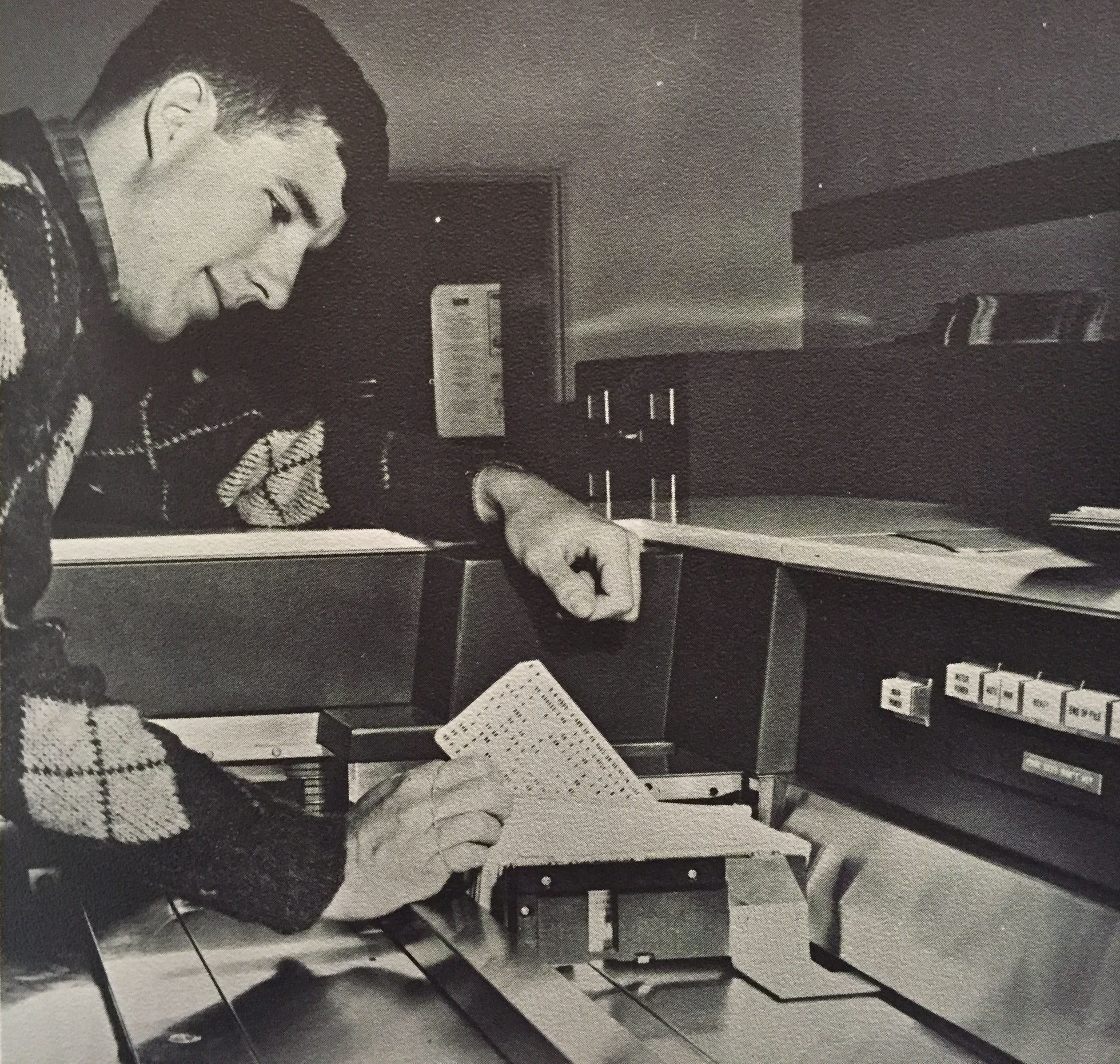
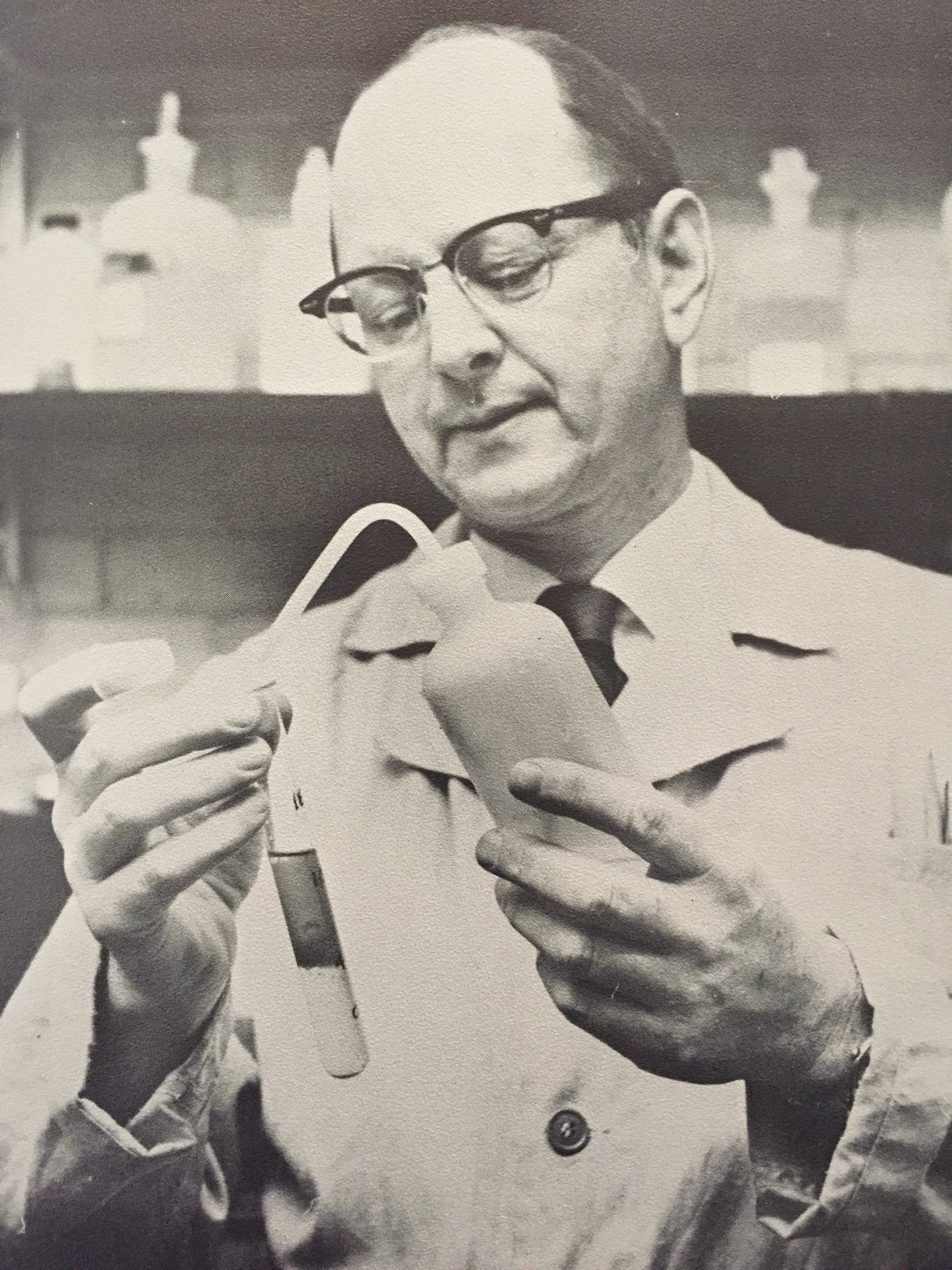
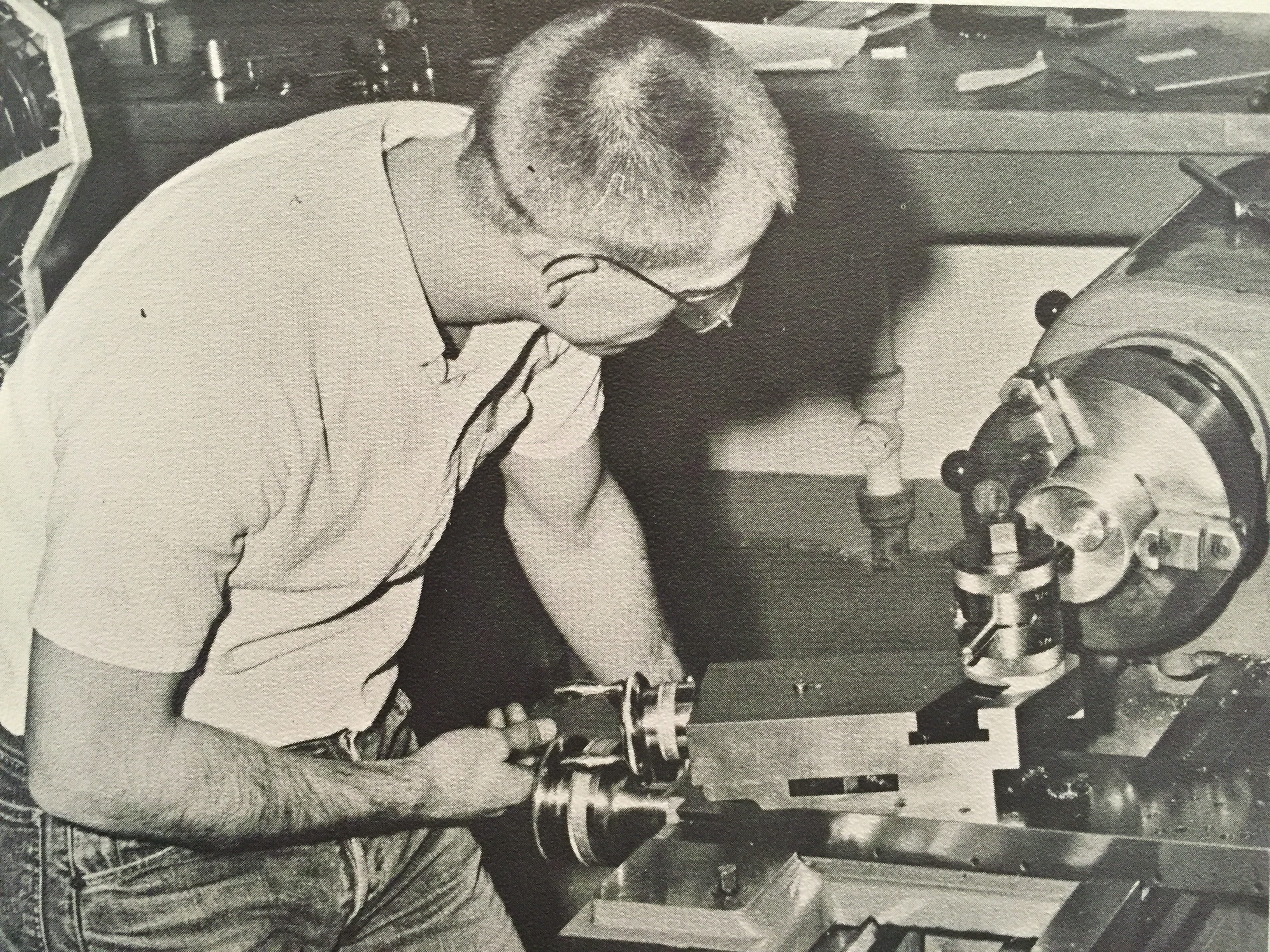
To better meet the needs of its students, Mines implemented new programs in the 1960s, including degree offerings in physics, mathematics and geochemistry.
[Photos from Prospector 1966]

